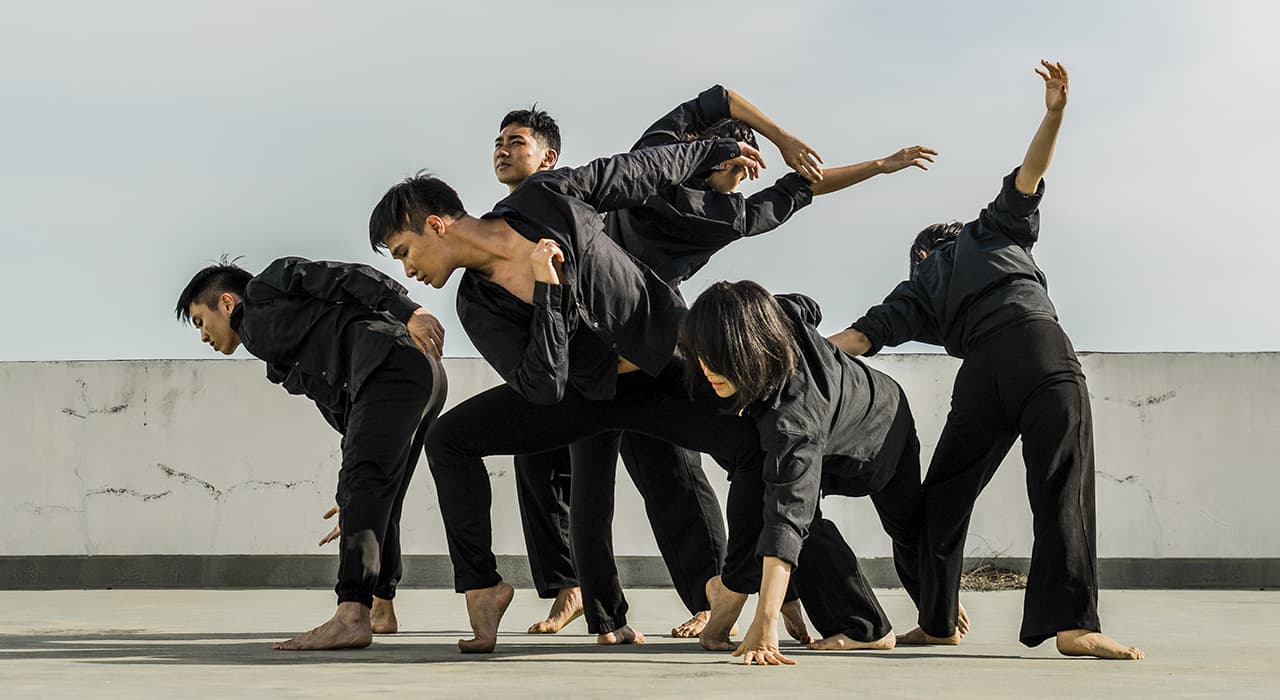

Contemporary dance is based on the synthesis of dance styles and techniques of the 20th and early 21st centuries, primarily European and American “modern” and “postmodern” dance. The basis of these styles is classical ballet. Classical ballet has undergone many changes in the course of modern and postmodern, gradually changing and freeing itself from the strict frameworks of ballet.
Contemporari, or the colloquial abbreviation contempo, is very difficult to describe in any one definition. Historically, the beginning of the contemporaneous era is considered to be the 1950s of the 20th century, which is marked by the late work of Merce Kennigham, Jose Limon and Marie Wigman. The contemporaneous technique is characterized by the release of the body: both the body and the arms, legs, feet and hands. There are no canons that dictate in what position this or that part of the body should exist. Contemporari is also characterized by the work in the parterre, the numerous down and up, jumping into the parterre, etc. It can be said that contemporari is trying to use the resource of the body as much as possible, the body is perceived as a tool, as an object, through the body the dancer and choreographer talk to the audience.
At the present stage, contemporari is a very open trend: each choreographer can take one or another technique, or the principles of this or that choreographer, whether it’s ballet, modern or postmodern, as a basis for the style of their choreography. But to let these techniques pass through your body and “give out” a new manner, your interpretation, your language. Now we can observe the combination of contemporaries with other dance styles and trends: jazz, hip-hop, afro and others. The influence of contact improvisation on contemporari dance is very important because any work with a partner is based on the principles of contact improvisation. There are many techniques that explore human anatomy and build movements that are anatomically correct for the body, i.e., that do not harm muscles and joints. For example, the Alexander technique, the Franklin method, the Feldenkrais method. Many choreographers use the principles of these techniques in their choreography.
It is impossible not to mention the influence of modern technology on contemporaneous dance, which is also included in the synthesis of this trend: video row, computer technology, video installation, experiments with sound and light, cybernetics – all this can find a combination with dance. At the same time, there is an increasing number of choreographers who have been satiated by technical innovations, and strive for a clean, authentic, natural element in man and in movement, respectively.
Contemporary dance is a movement, which is characterized by a large degree of openness: in the choice of movements, in the interpretation, in the performance. A person must be open to receive new experiences. The more experience in the body of the dancer, the clearer he can express his own emotions and the task set by the choreographer.